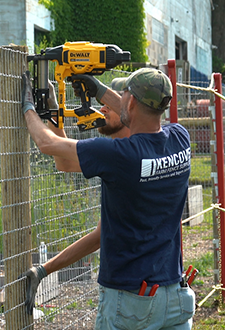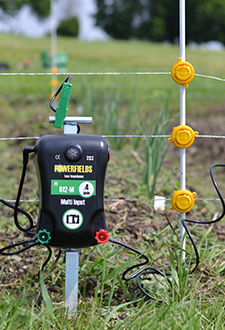BLOG

Garden Preparation Tips
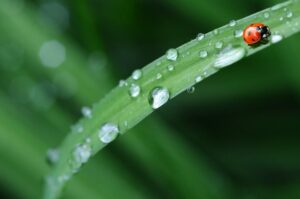
Gardening doesn't have an off-season. Regardless of the amount of snow outside, winter is the perfect time to start planning your spring garden. Kencove has everything you need to keep your hard work safe from groundhogs, rabbits, deer, and raccoons.
This year I plan on expanding my garden to a large enough scale that I will have enough vegetables to can and freeze for winter. Although it is only February, I have already begun my garden planning here in Western Pennsylvania.

To start off, I mapped out the area of my garden. With 19 different veggies on my mind, I know I am in for a huge undertaking, but I am excited to give this garden a try! My plans include:
| Corn Potatoes Tomatoes Carrots Lettuce Cucumbers Bell peppers | Hot peppers Watermelon Pumpkins Sweet onions Green onions Asparagus Broccoli | Squash Green beans Peas Brussel sprouts Zucchini |
First, I need to research what plants do well next to each other and what the needs of each particular plant are. After I have established the order of planting and where in the garden each type should go, I can start designing my perimeter fence.

I know we have deer, bears, raccoons, groundhogs, and rabbits in the area. Each of these pests is a headache on their own, but trying to keep all of them out? That may just be an impossible task.
I thought about electric netting to keep out the pests, however, I feel it will be too costly for my operation. There is also no option for an AC-powered energizer. With these barriers in mind, I know my fence is going to need a lot of planning.
I am torn between using t-posts, fiberglass posts, or step-in posts. Each offers its own advantages and disadvantages.
| Pros | Cons | |
|---|---|---|
| 6' T-Post PT6P | •More permanent solution •Easy to install •Sturdy •Hot-dip Galvanized •Easy to install wires | •Need post pounder •Hard to remove •Need insulators •$6.95 each |
| 6’ Fiberglass SunGuard Posts F23-6D | •Pre-drilled every .25” •Easy to install •Lightweight •Flexible upon impact •Self-insulating •Will not rust/ rot | •$5.73 each •Fiberglass splinters from drilled holes- need gloves |
| O’ Briens Treadline Step-In Posts RRTBU | •Easy to install and move •Blue in color- easy to see •Eight positions for polywire •Strong and durable •Long galvanized stake for foot peg •Self-insulating | •Only 43” tall •Can be knocked down by wildlife •Can only install as deep as foot peg •$4.15 each |
Based on my options and budget, I am going with the 6’ SunGuard Fiberglass posts. These posts are durable, lightweight, and easy for me to install. Although I won’t need to fence in my garden during the winter months, I will have to settle for weed-wacking around the posts rather than removing them at the end of the growing season. The F23-6D are 6’ tall and 2/3” in diameter. They will be tall enough that I can pound them 12”-18” into the ground and still have enough height for a fence to keep out deer and bears. To help make my fence more stable, I will install 5 t-posts, one at each corner, with an extra to create a gate into my garden.

For spacing, I will place the t-posts at the corners, my first fiberglass posts 5’ from the t-post, with each following fiberglass post at 10’ intervals. Based on my garden dimensions (150’ x 50’), I will need 40 fiberglass posts and 5 t-posts.
As far as wire goes, Kencove has plenty of options. Like the posts, there are many pros and cons for each type.
| Pros | Cons | |
|---|---|---|
| Twine RBT46S3CW | •Easy to use •Lightweight •Durable •Mixed conductors = better voltage •Low cost •UV-stabilized •$.04 a foot | •Lower break strength •Copper is weaker than stainless •Hand knots can come untied |
| Rope RO4 | •Easy to work with •Greater visibility •Use wider post spacing •6 stainless steel conductors •High break strength •Long lasting •$.08 a foot | •Hand knots can come untied |
| Soft Wire WL6.5 | •Preloaded on wooden payout reel-no Jenny needed •Easy to repair and retighten •Can be hand tied •Long lasting wire •Larger area for conductivity •$.02 per foot | •Easily overstretch and break •Tools needed •Wires can come untied •Can pull lose in some areas |
Each type of fencing offers many options in each category. There are different lengths, diameters, conductors, and color options available. I have decided for my personal garden, Kencove Braided Electric Twine (RBT46S3CW) will work best for me. Although there are many other options for twine, I personally believe the mixed-metal braided twines conduct electricity more efficiently than those that only contain stainless steel. Although copper is weaker than stainless steel, I am relying on the braided twine to hold up even with frays and small breaks.
I will be installing 8 lines of RBT46S3CW on my fence. Starting from the top, I will run a line every foot for 3’ followed by a line at 6”, and the remaining 3 lines will be every 4”.
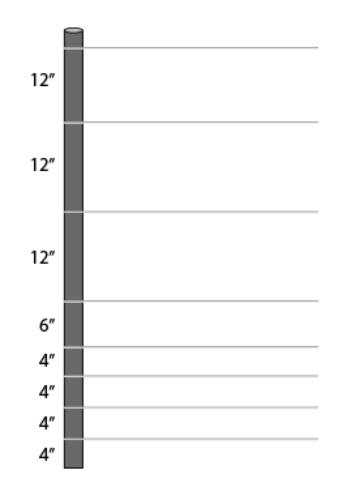
I want to space my lines closer at the bottom to keep out rabbits, raccoons, and groundhogs. My spacing up the post can be at larger intervals to keep out deer and bears. I want to keep my spacing 4” off the ground to keep weeds and grass from grounding out my fence line. With 400’ of fence at 8 lines I will need 3,200’ of twine. I will want a little extra line for cutting and repairs.
I will also need insulators for my t-postsso I don’t ground out my fence line. To make my fence look more aesthetically pleasing, I will also add plastic sleeves (JR1755) over my t-posts. To insulate wire from my t-posts, I will use IRCW Insulator Clips and 3-Hole Stainless-Steel Handle Hookup Insulators (GHU3S).
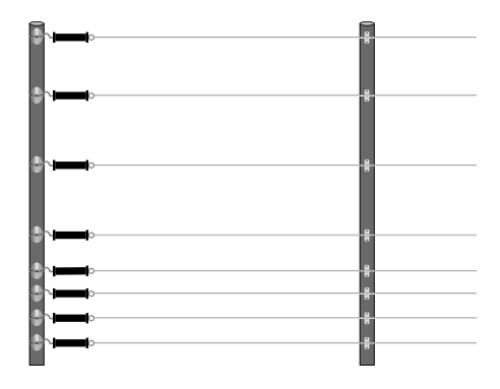
Since I am using SunGuard fiberglass posts, I will only need insulators on my t-posts. I am going with all white insulators to keep the look of my fence clean. I will need 40 IRCW insulators for each t-post and 8 GHU3S insulators for my gate into the garden.
For entrance into my garden, I will have my corner t-post with a second t-post roughly 4’ away. I will start my wire at the corner, run it around the garden, and end it at the second t-post for my gate. In order to keep my gate electrified, I will connect a second wire to the existing wire by tying it at the IRCW insulator. This way, when I open my gate, I will not create any slack in my fence while still allowing for the gate to be energized.

I plan on getting into my garden daily, so I will use gate handles and the GHU3S insulators to create a gate that will be easy to open and close. Kencove has a large selection of gate handles. The GPL is non-conductive, yellow, lightweight and easy to use. And with a price of $0.89 each, they are the most affordable.
Overall, the price of my endeavor is rather costly. However, if spread over ten years, my investment will more than pay for itself.
| Item | Quantity | Price |
|---|---|---|
| F23-6D | 40 | $229.20 |
| RBT46S3CW | 2 | $99.50 |
| IRCW | 2 | $11.50 |
| GHU3S | 8 | $30.00 |
| GPL | 8 | $7.12 |
Total: $377.32
Having the ability to keep out all the critters from my garden for under $400 is worth it! If you were to divide that initial cost over 10 years, $37.73 per year is easily less than what you would cost in replacing damaged plants and buying vegetables that were lost to rabbits, groundhogs, raccoons, deer, and bears.




